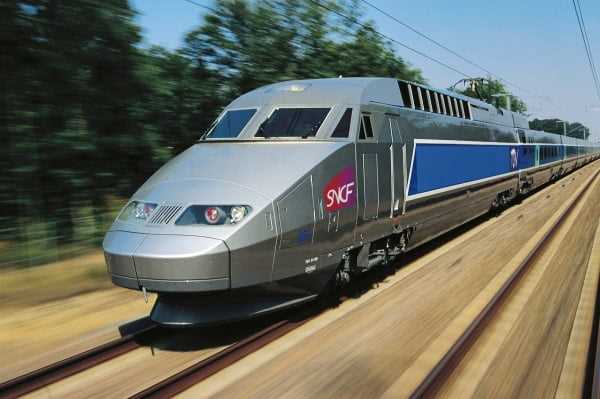The dark mode should only make people happy… far from it! The new version of SNCF’s booking, payment and travel tracking application has faced an avalanche of strong critical comments since it went online.
Formerly Oui.sncf, SNCF Connect brings together many rail carrier services in a new, more modern and intuitive interface. : search, management and reservation of train tickets, route search, etc.
- Downloads: 43
- Release date : 02/08/2022
- Author : OUI.sncf
- Licence : Free license
- Categories:
Leisure – Travel - Operating system : Android – Online service All Internet browsers – iOS iPhone / iPad
Formerly Oui.sncf, SNCF Connect brings together many services of the rail carrier in a new interface announced as more modern and more intuitive: search, manage and book train tickets, find your route, etc. The application was launched on January 25. So why such a volley of green wood?
Perhaps the fault of too many precautions. It must be said that the change in ergonomics compared to the old application is significant. Hence the great reinforcement of pop-ups that clutter smartphone screens as soon as you want to look at timetables or buy a ticket.
Proliferation of bugs
SNCF wanted to guide users to show changes and new features. Alas, they actually want quick access to the information they need, without reading the texts of the pop-ups that they struggle to differentiate from warning banners on cookie management policies.
And that’s just the first step on the way to a problematic UX.
The disappearance of functions that existed before (possibility of choosing a stage in its itinerary), the multiplication of bugs, but above all the lack of readability, make this new version of the application an experience that leaves something to be desired.
Thus, functions such as the placement of passengers in the wagons (see the visual) require very high tactile agility to be carried out.
Even more penalizing, users report a problem displaying the QR code to pass smoothly through the station gates. On this point, the SNCF claims to have taken the problem into account.
5,000 “alpha testers” and 4,000 “beta testers”?
What is strange is that the test of the application before going into production, carried out with 5,000 alpha testers and 4,000 beta testers, did not make it possible to report these problems. Unless they were ignored.
For its part, the SNCF promises to improve its application. In the meantime, several competitors such as Trainline or Kayak offer interfaces whose ergonomics must be explored to compare with that of SNCF Connect.

